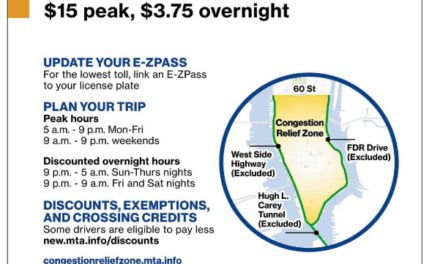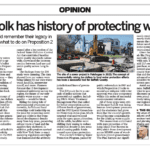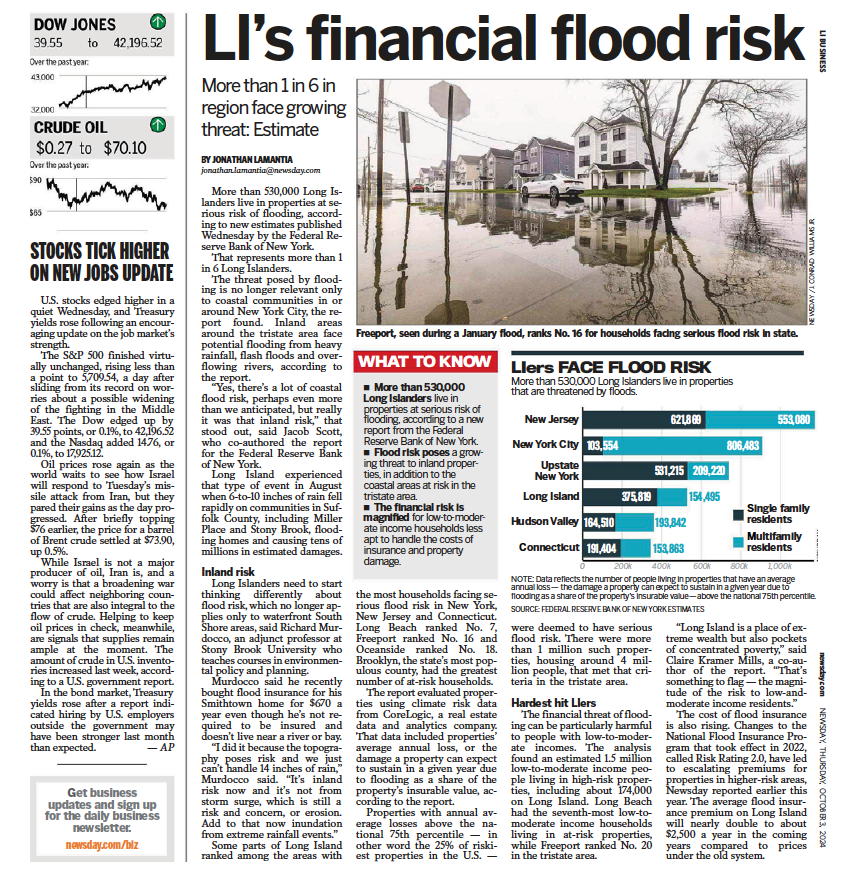Forty years ago this week, Robert A. Caro published his seminal masterwork “The Power Broker.“
The themes of true power and it’s inherent use as a means to an end, captured the public’s imagination. Moses’ “at all costs” mentality that drove his successes from the 1920s to the ’60s was analyzed by every student of policy since its publication, and will continue to be as long as new editions are being printed.
The book transformed the way that biographies are written, inspiring a spirited rebuttal from Moses himself, as well as yielding its author a Pulitzer Prize. The wake of “The Power Broker” is still being felt, even as scholars and policy wonks re-examine Moses’ legacy at a time when even a neighborhood 7-Eleven is decried for traffic impacts, or an interchange is constructed in the time it took to build an entire highway network. Caro’s work forever changed the way the public perceived large-scale governmental public works. Paired with Jane Jacobs rising from the lower East Side, capital projects no longer inspired awe and admiration – they suddenly represented oppression, bullying and a threat to residents, all in the name of progress.
The lessons of Caro’s 1,296-page book will be argued for decades, but one thing that isn’t up for debate is the slow, academic methodology Caro used to justify his arguments. Caro wrote with a journalistic integrity that is rare to find in an age when CNN hastily reports incorrect information in a desperate attempt to get a story first, or pseudo-news websites report information tailored to their readers’ bias. That is today’s mantra – report the story first, facts second. Caro took his time, crafted his approach, with the end result being what many would call a literary masterpiece of the 20th century.
Moses deserves such a biography, for the issues that surround Moses deserve a prolonged debate. The issues raised by Caro are just as relevant today as they were to burnt-out New York City, decayed, and on the brink of financial ruin in the 1970s.
Today, the discussion concerning such matters is reduced to mere buzzwords, and is driven by those with an agenda. Yes, conferences are held and reports are published, but methodology is tossed out the window for the sake of the headline, or to fit the narrative that is needed to get municipal approval. Caro’s research took not weeks, not months but years. It analyzed every angle of the impact Moses’ public works had on the City and its environs. The decision-making process for such projects takes a fraction of the time it took Caro to write one section of one chapter of “The Power Broker.” Worse, these decisions aren’t retrospective – they have the potential to shape the future of the region. Yet, these issues are allowed to be studied by industry insiders, disseminated by stakeholders and driven to completion by the well-connected.
Caro began “The Power Broker” with a quote from Sophocles that read “One must wait until the evening to see how splendid the day has been.” In an age where complex development issues are reduced to sound bytes and buzzwords, the impact of Robert Caro’s master work rivals that of his subject matter.
If one hasn’t read “The Power Broker,” they should. New York City, Long Island and beyond was shaped by Moses.The public perception of development and its human cost was shaped by Caro.











